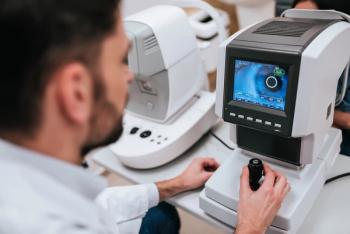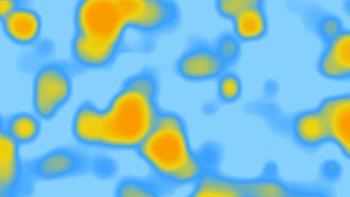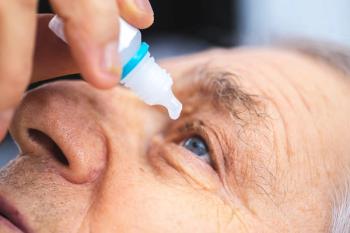
Vision Expo East 2025: Determining dry eye treatments, layer by layer
Milton Hom, OD, FAAO, took a deep dive into the lipid, aqueous, and mucin tear film layers to determine specialized treatment options for different types of dry eye.
In a recent presentation that he gave at Vision Expo East 2025, Milton Hom, OD, FAAO, shared an algorithm for the treatment of dry eye disease (DED) based on targeted therapy for each tear film layer for fellow optometrists. Hom’s presentation titled Lessons Learned from Things Done Well and Things Done Poorly in Dry Eye took a deep dive to catering the best treatment options to the right patient from the lipid, aqueous, and mucin tear film layers.1
Hom noted that the sheer amount of artificial tear formulations makes it difficult and confusing to choose. By delving into specifics, a more targeted and effective treatment can be identified.
By taking on dry eye disease by the layer, Hom found that one of the first steps is identifying the pattern of breakup. He cited that line break is indicative of aqueous deficiency, spot break of mucin deficiency, dimple break indicating mucin deficiency, and random of evaporative. Sequentially, evaporative dry eye/meibomian gland dysfunction, aqueous-deficient, and mucin deficient affect the lipid layer, aqueous layer, and mucin layer, respectively. Lissamine green or fluorescein staining will show the impact of dry eye on the epithelium, Hom said.
For topical therapies, Hom recommends viscosity tears and punctal occlusion to treat aqueous-deficient dry eye, and carboxymethylcellulose (CMC), HP-guar, and vitamin A ointment to treat mucin-deficient dry eye. A 2018 study2 states that “a formulation containing mucoadhesive CMC prolongs the adherence of the matrix to the mucosa.”
For epithelial staining, Hom said trehalose will protect the epithelial cells, with hyaluronate acid able to heal the corneal surface. He referenced a 2022 study3 on the management of dry eye disease and artificial tears, which states that “trehalose plays an important cytoprotective role for corneal and conjunctival epithelial cells in order to prevent their apoptosis, 1 of the underlying etiological roles of DED.”
As for evaporative dry eye, he recommends warm compresses, emulsions, and mechanical therapy, noting that the first line of treatment of meibomian gland dysfunction is to administer emulsion tears.
To target inflammation, Hom recommends intense pulsed light and low level light therapy, among other treatments.
References:
Hom MM. Lessons learned from things done well and things done poorly in dry eye. Presented at: Vision Expo East; Feb 19-22, 2025; Orlando.
Cook SL, Woods S, Methven L, Parker JK, Khutoryanskiy VV. Micoadhesive polysaccharides modulate sodium retention, release, and taste perception. Food Chem. 2018;240:482-489. doi:10.1016/j.foodchem.2017.07.134
Labetoulle M, Benitez-Del-Castillo JM, Barabino S, et al. Artificial tears: biological role of their ingredients in the management of dry eye disease. Int J Mol Sci. 2022;23(5):2434. doi:10.3390/ijms23052434
Newsletter
Want more insights like this? Subscribe to Optometry Times and get clinical pearls and practice tips delivered straight to your inbox.








































